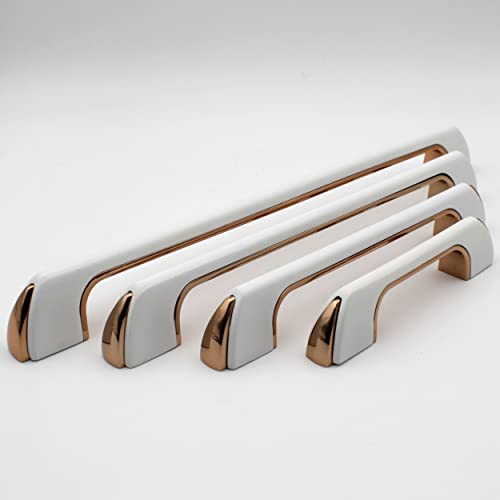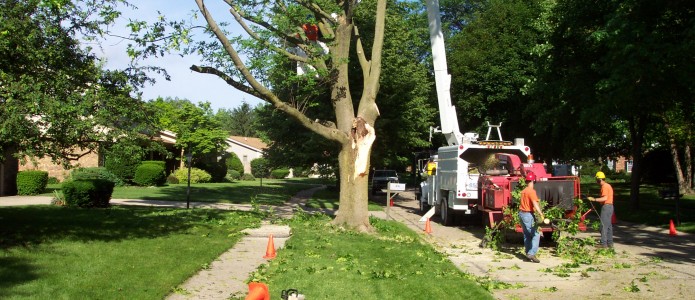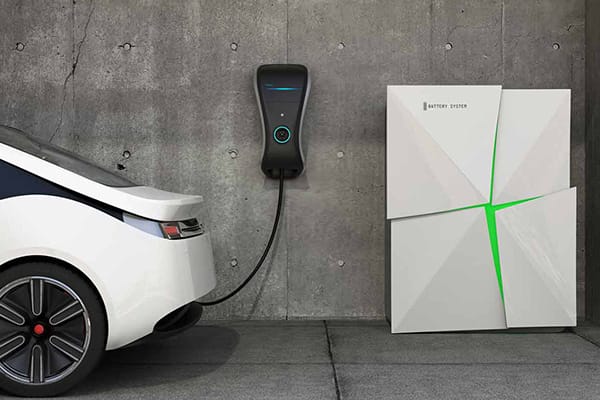In today’s fast-paced digital world, the need to efficiently convert images to text is increasingly essential, especially for those working with scanned documents, PDFs, or handwritten notes. The process of extracting information from images can be time-consuming, but with the right tools, it becomes a breeze. One of the most effective ways to simplify this task is by using an advanced Image-to-Text tool, also known as Optical Character Recognition OCR software. These tools are designed to transform images containing printed or handwritten text into machine-readable formats, such as Word documents or editable PDFs. OCR technology has come a long way in recent years, improving accuracy and versatility, making it indispensable for students, professionals, and businesses alike. Whether you need to convert a scanned contract, an old photograph with text, or a handwritten letter, OCR tools can help streamline the process. In this article, we will explore how the best image-to-text tools can simplify document conversion and save you both time and effort.
The Power of OCR Technology
OCR technology works by analyzing the structure of an image and identifying characters within it. It then converts these characters into editable text that can be copied, edited, and stored electronically. While OCR has been around for decades, recent advancements have made it significantly more reliable, capable of handling complex layouts, different fonts, and even challenging handwriting. The best OCR tools can process images in various formats, including JPEG, PNG, TIFF, and PDF. This flexibility makes it an invaluable resource for users dealing with different types of files. For example, a small business owner who receives invoices in PDF form can use an OCR tool to extract important data such as amounts, dates, and vendor information without manually typing everything. Similarly, students who take pictures of handwritten notes can quickly convert them into text for easier editing and sharing.
Benefits of Using an Image-to-Text Tool
- Time Efficiency: The primary advantage of OCR tools is the speed at which they operate. Manually transcribing text from images can take hours, especially if the document is lengthy or contains intricate details. With OCR, this process is significantly shortened, allowing users to focus on other important tasks. Some advanced OCR tools can process multiple pages at once, further boosting productivity.
- Accuracy: Modern OCR tools are highly accurate and capable of recognizing characters with impressive precision. Some tools use machine learning algorithms to improve their performance over time, making them better at handling different fonts, languages, and writing styles. While OCR tools are not flawless, they often require minimal manual corrections, making them far more efficient than traditional transcription methods.
- Cost Savings: Hiring a professional to manually transcribe text from images or documents can be costly, particularly for large volumes of material. OCR tools, on the other hand, are typically more affordable, offering a one-time purchase or subscription-based pricing. For businesses that regularly deal with documents in image form, investing in a high-quality OCR tool can lead to significant cost savings over time.
- Improved Accessibility: Text from image converter also plays a crucial role in making documents more accessible. By converting images to text, individuals with visual impairments can use screen readers to access the information. This opens up new possibilities for inclusivity and ensures that documents are accessible to a wider audience.
Choosing the Best OCR Tool
There are numerous OCR tools available on the market, each with its own set of features and capabilities. Some tools are designed for basic image-to-text conversion, while others come with advanced features like multi-language support, image enhancement, and automatic formatting recognition. Popular OCR tools such as Adobe Acrobat, ABBYY FineReader, and Tesseract OCR are widely used and known for their excellent performance. These tools can handle a wide range of file formats and provide various output options, including Word, Excel, and searchable PDFs. Additionally, some OCR tools come with cloud-based functionality, allowing users to convert images to text from any device with an internet connection.





